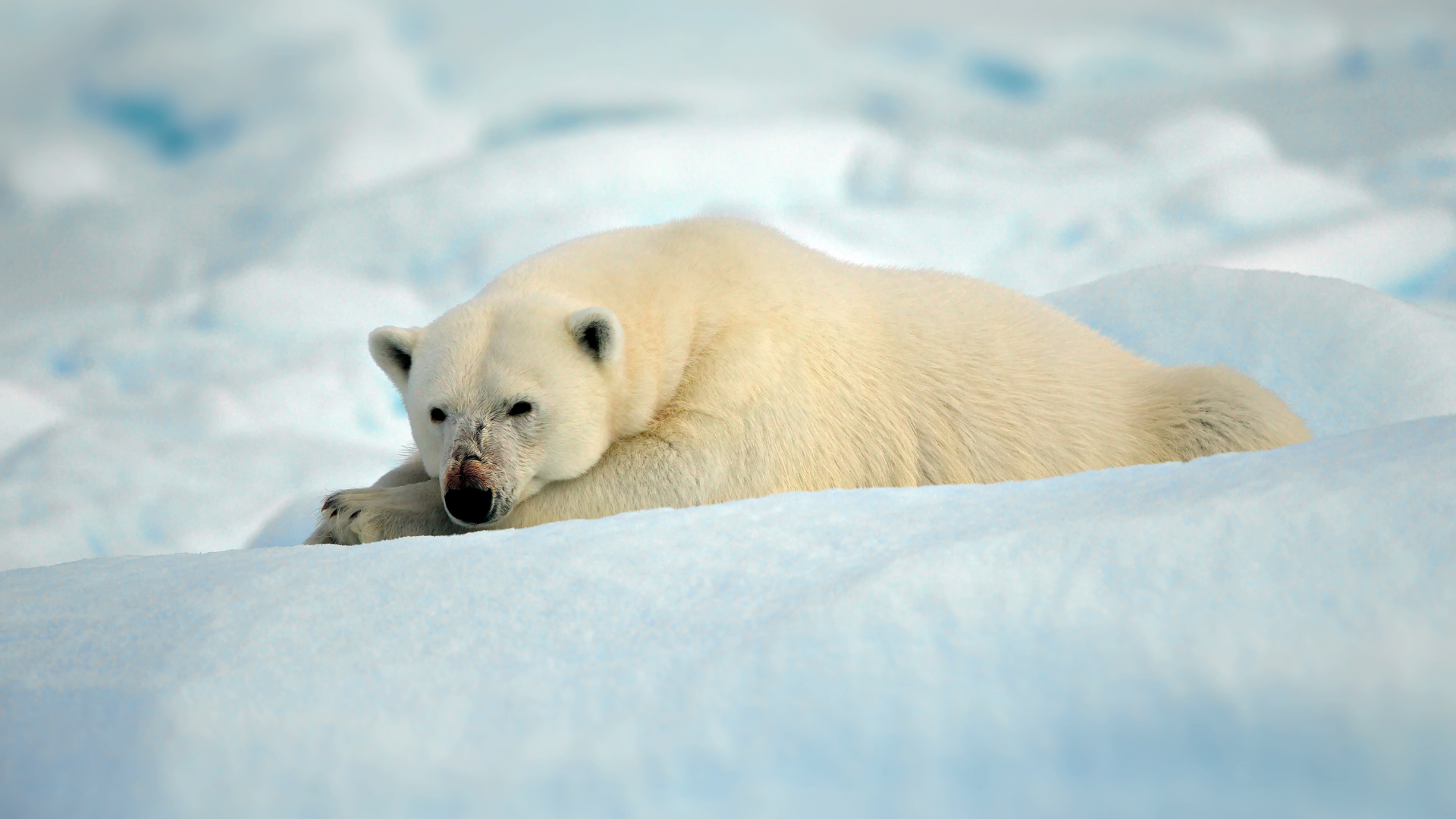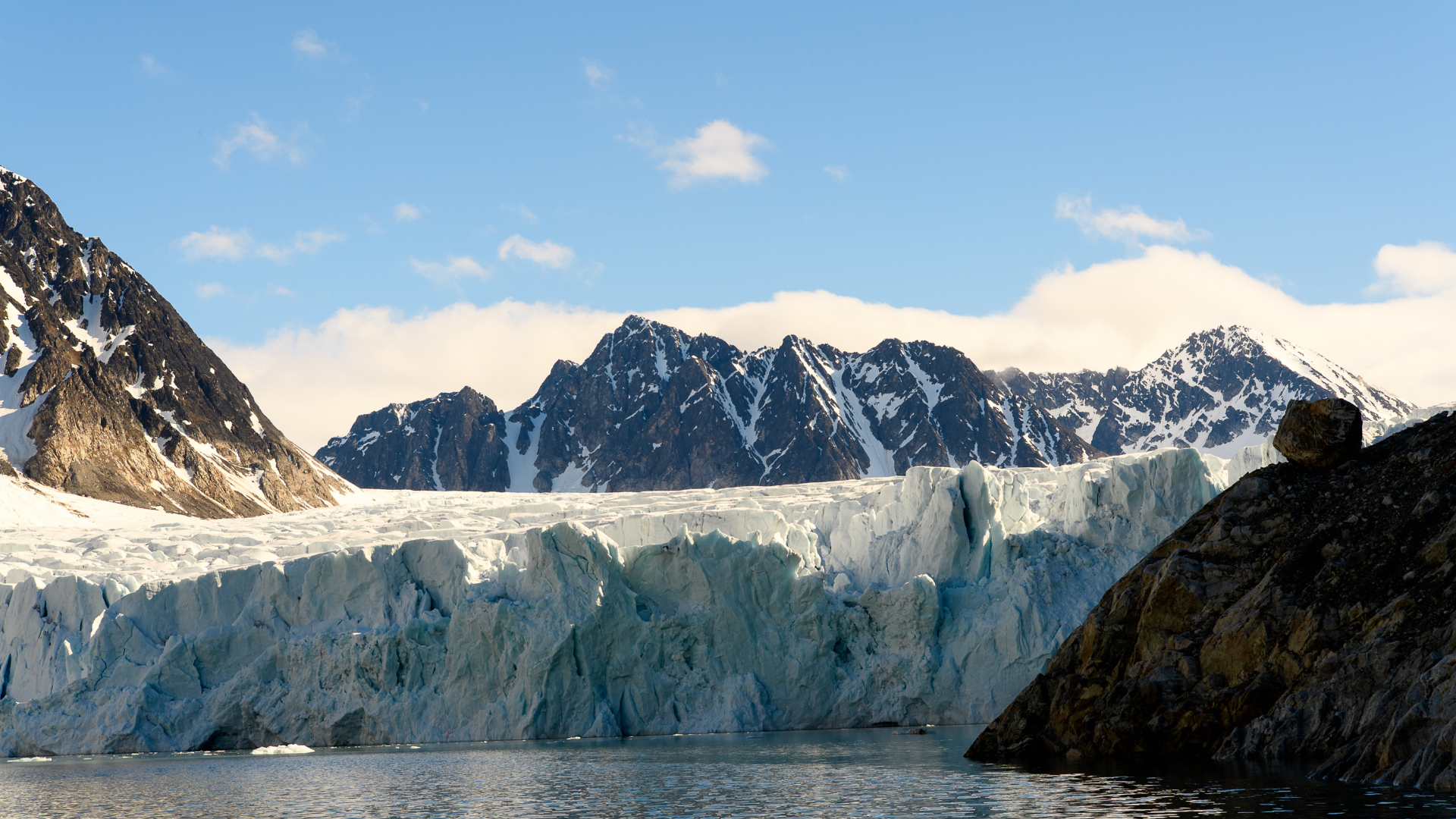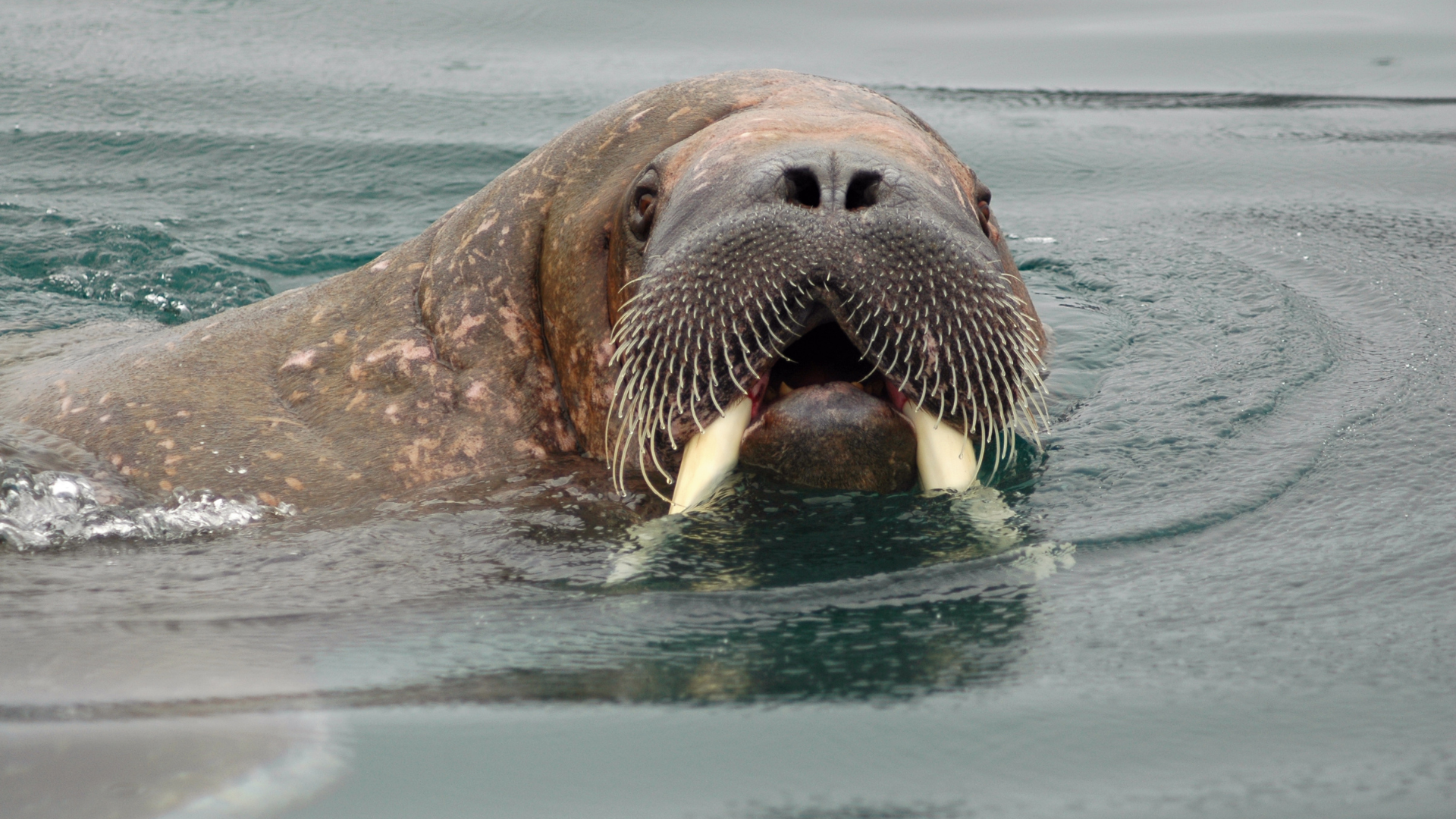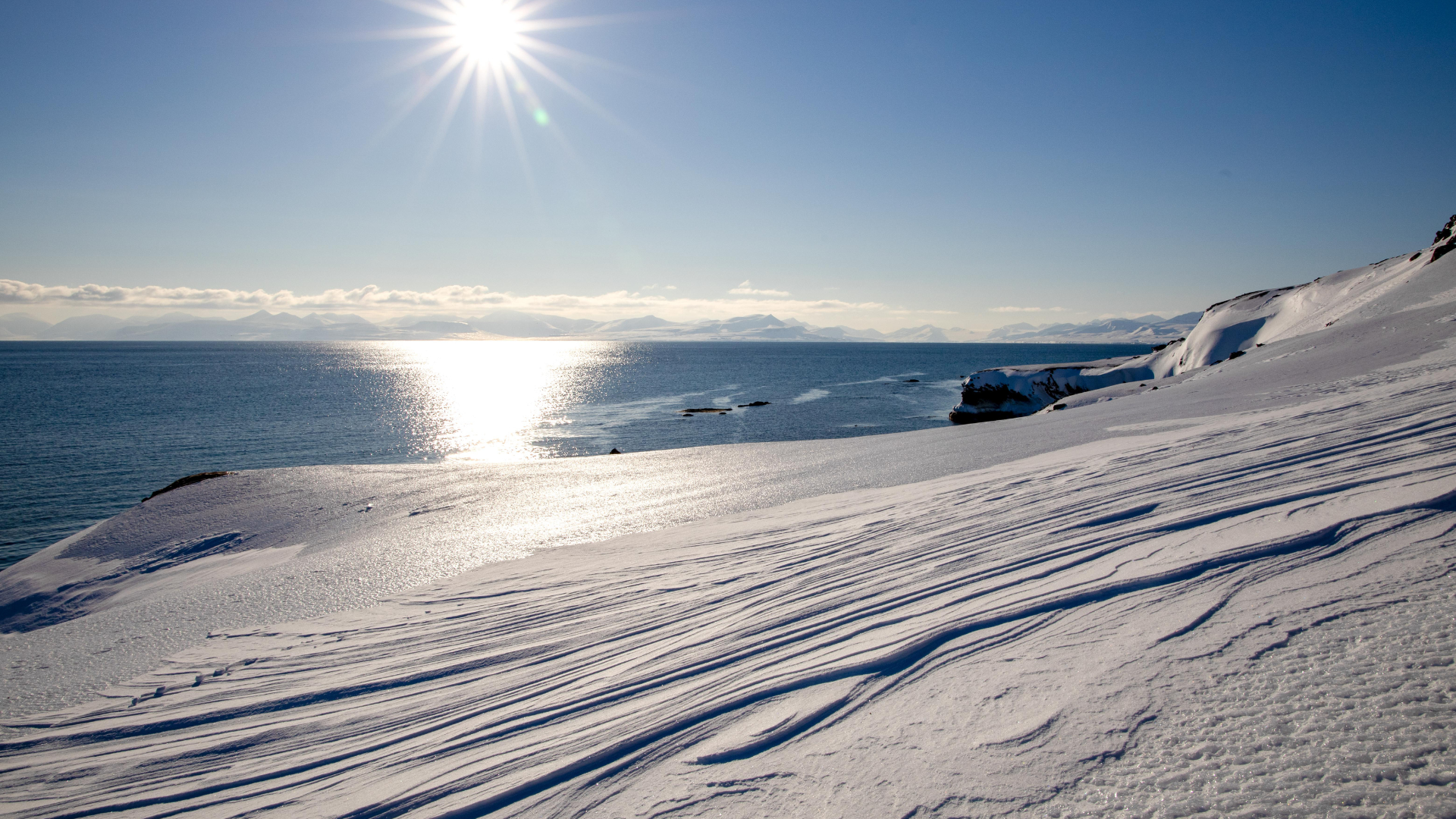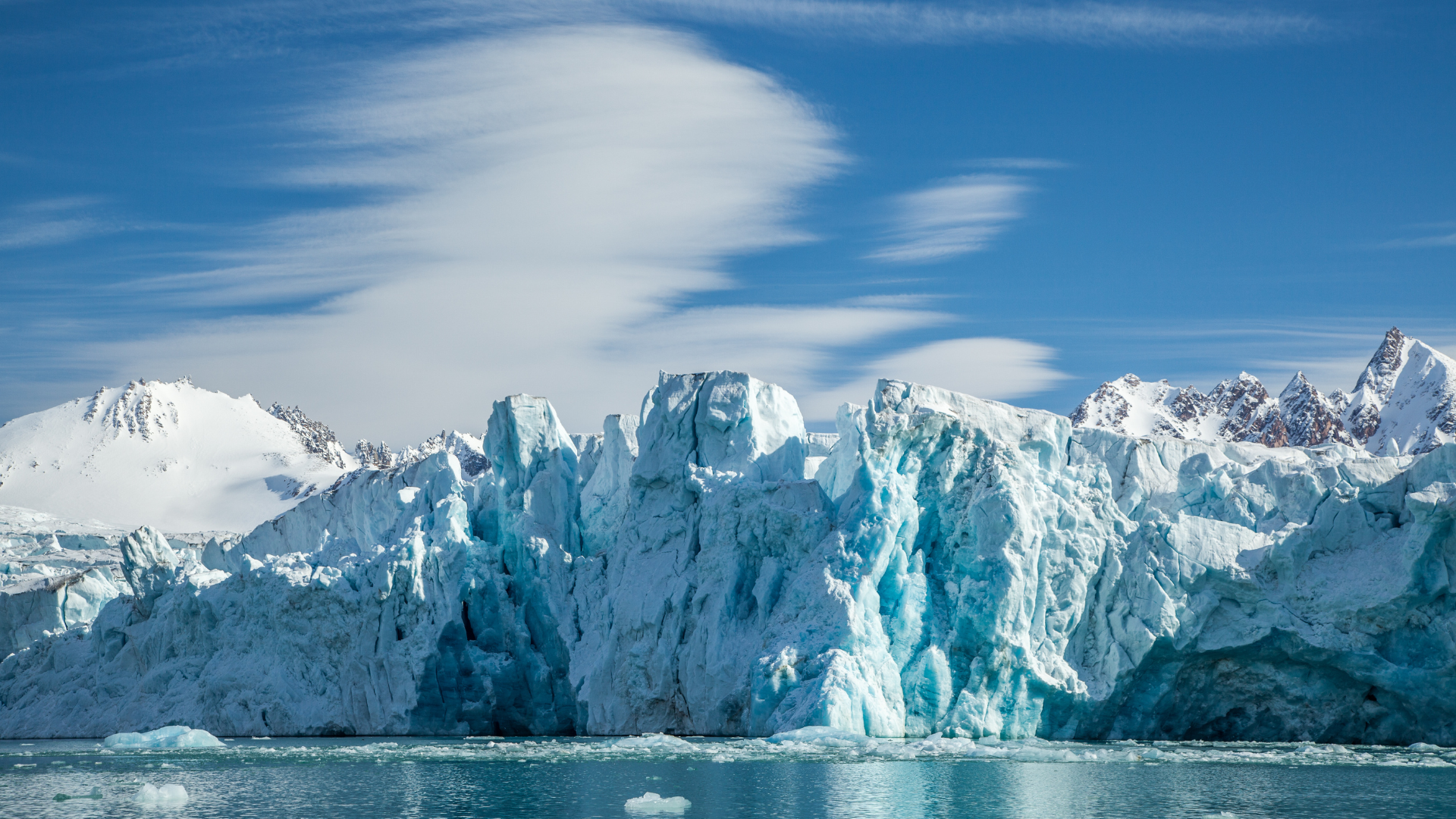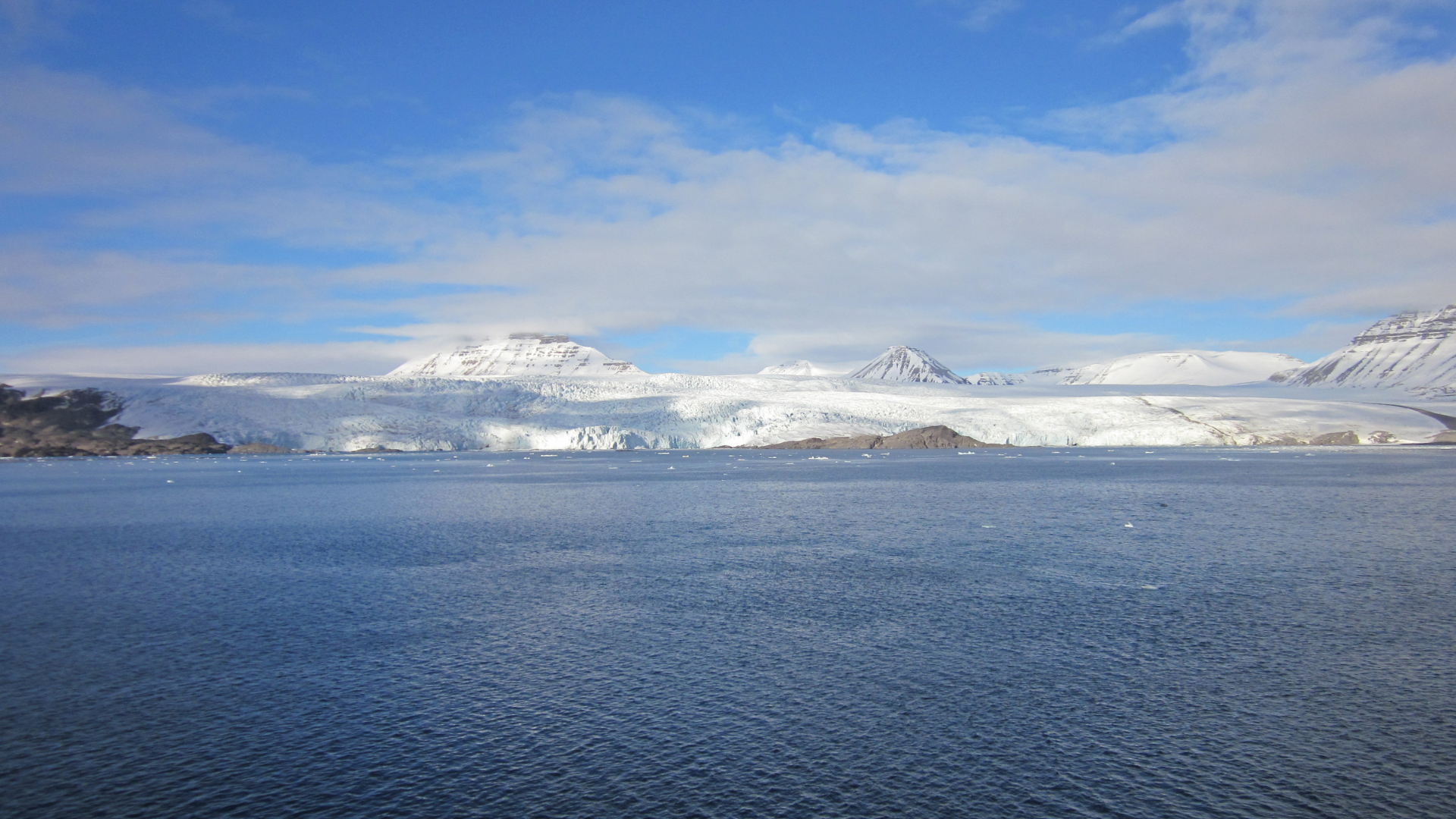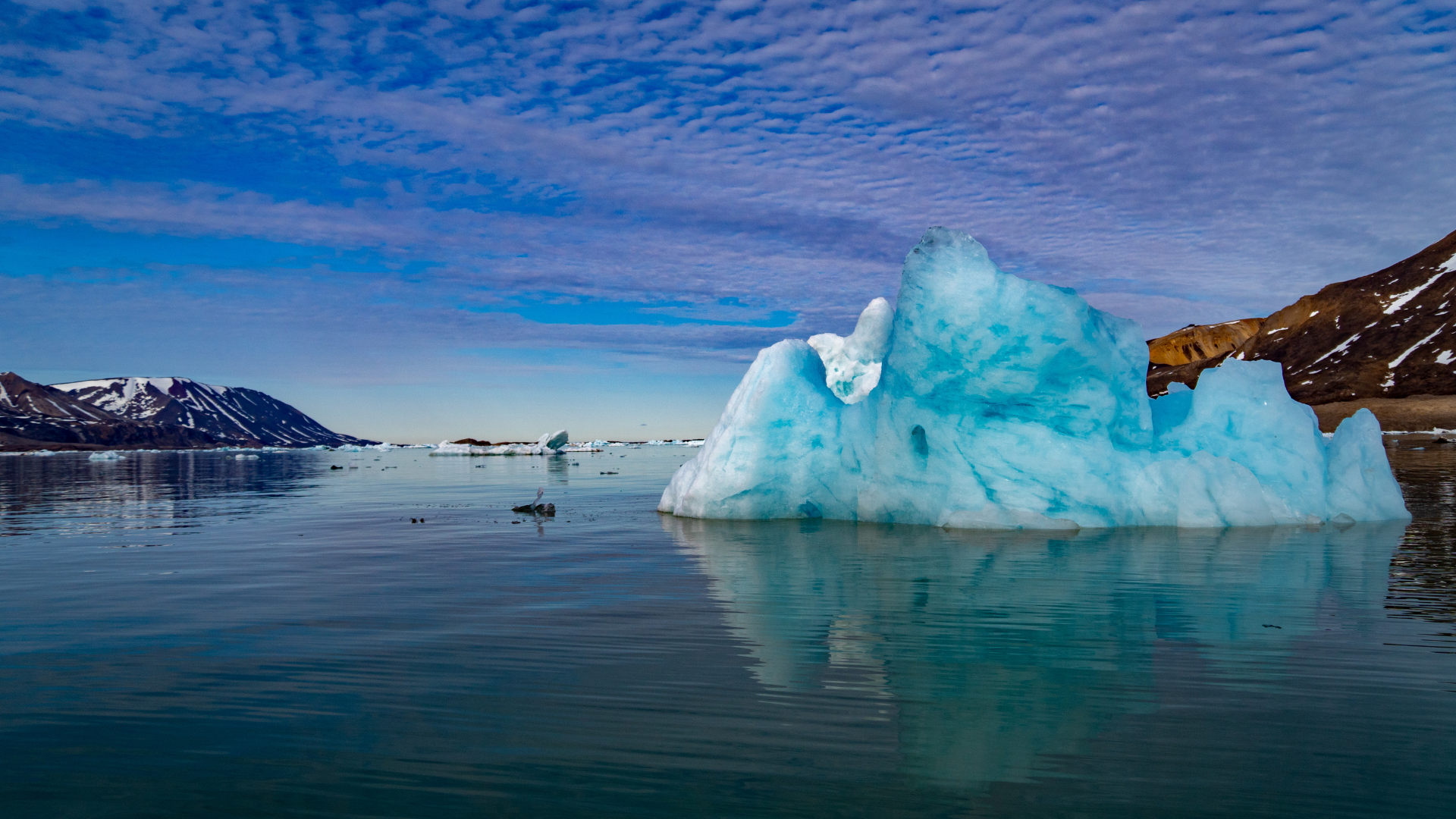It's Time To Explore Places That No One Has Been To
Spitsbergen: Preparing for the Weather in April
Spitsbergen: Preparing for the Weather in April
April in Spitsbergen marks the transition between the harsh winter and the start of spring, though winter still very much dominates the landscape. Temperatures can fluctuate between -10°C to -20°C (14°F to -4°F), with the wind continuing to play a significant role in how cold it feels. Preparing for the weather in April requires layering up with thermal base layers, insulating mid-layers, and windproof and waterproof outer layers to shield against the lingering winter chill. A good quality down jacket, thermal pants, and sturdy winter boots are essential for staying warm and dry.
April brings more daylight, but weather conditions can still be unpredictable. Snowstorms and strong winds can arise unexpectedly, and it’s important to monitor weather reports before setting out on any excursions. While snowmobiling and dog sledding remain popular activities, the change in season means there’s a greater chance of encountering slush or icy conditions on trails. Ensuring that your gear is suitable for mixed terrain can make a significant difference in comfort and safety. Waterproof boots and gaiters help to protect your feet from moisture if you find yourself trekking through slushy snow.
Though the Arctic’s notorious wind chills persist in April, the sun’s reappearance offers a welcome reprieve. Sunglasses or goggles are a must, as the reflection of sunlight off the snow can cause snow blindness. In addition to eye protection, sunscreen is recommended for your face and exposed skin, even though the temperatures may not feel warm. The sun’s rays can be harsh, and prolonged exposure without protection can lead to burns, especially during outdoor activities that keep you out in the elements for extended periods.
While the snow is still thick on the ground, some animals begin to emerge from their winter hibernation or long migrations. For wildlife enthusiasts, this is a time when the Arctic fox and Svalbard reindeer are more frequently spotted. Polar bears remain active and continue to pose a risk to travelers, so being well-prepared and alert is crucial. If you’re venturing outside Longyearbyen, make sure to have a local guide with you who knows how to navigate polar bear territory safely. It’s also a legal requirement to carry a rifle when traveling in certain areas to protect against polar bear encounters.
April’s longer days and the warming sun make it an excellent time for photography enthusiasts. The combination of bright daylight, reflective snow, and striking landscapes offers dramatic photo opportunities. However, the cold can affect your equipment, so it’s important to keep batteries warm and carry spares, as cold temperatures can quickly drain power. Camera gear should be kept in protective cases to avoid condensation when moving between warm and cold environments, and gloves that allow dexterity are useful for operating cameras in the frigid temperatures.
The increase in daylight also makes April a prime month for longer excursions. While snowmobiling remains the preferred mode of transportation, skiing and snowshoeing are also excellent ways to explore the surrounding areas. If you plan on being active, adjusting your clothing layers is important to avoid overheating. When engaging in physical activities, it’s easy to sweat, which can freeze if it doesn’t have a chance to evaporate. Wearing breathable layers and taking breaks to cool down will keep you comfortable and safe in the colder weather.
April’s mix of cold weather and emerging spring conditions means that packing for versatility is crucial. Temperatures can shift quickly throughout the day, so having extra layers and warm accessories like hats, gloves, and scarves is essential. A reliable, insulated water bottle is also a must, as staying hydrated in the cold is just as important as in warm weather. Hot drinks can be a lifesaver on chilly days, and keeping a thermos with tea or coffee can provide warmth and energy while you’re out exploring.
While April is still winter-like in many respects, it’s a month of change in Spitsbergen. The increasing daylight and slightly warmer temperatures make outdoor activities more accessible, but the unpredictability of the Arctic remains. Whether you’re snowmobiling, dog sledding, or simply taking in the breathtaking landscapes, being prepared for the weather ensures that you can enjoy everything this unique destination has to offer.
Want to travel to Svalbard?
It’s easy, just leave your details here and we will contact you
Sign up to our newsletter
We will get back to you as soon as possible
Please try again later
